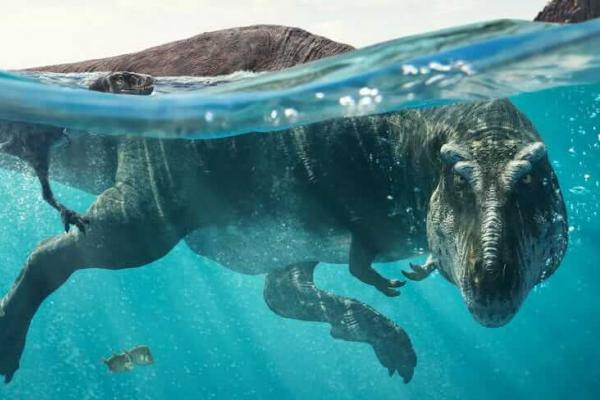Jun 16, 2022
The new series Prehistoric Planet offers a vision of Cretaceous life; a world filled with life completely different from our own, yet on this same planet. In a time when life is precarious and extinction all around, our prehistoric predecessors offer some comfort and not a little bit of escape.
Read the Full Article

Already a subscriber? Login
